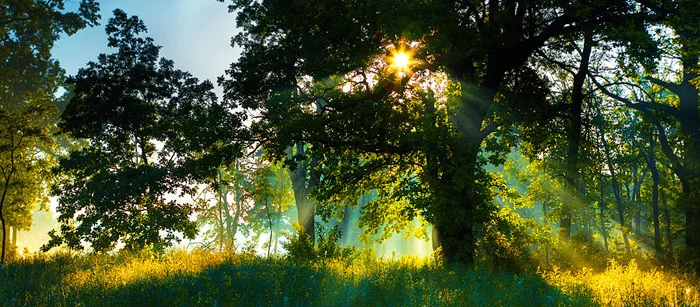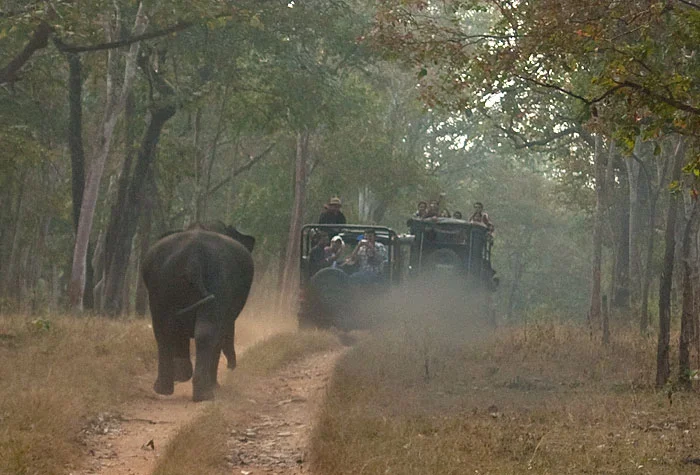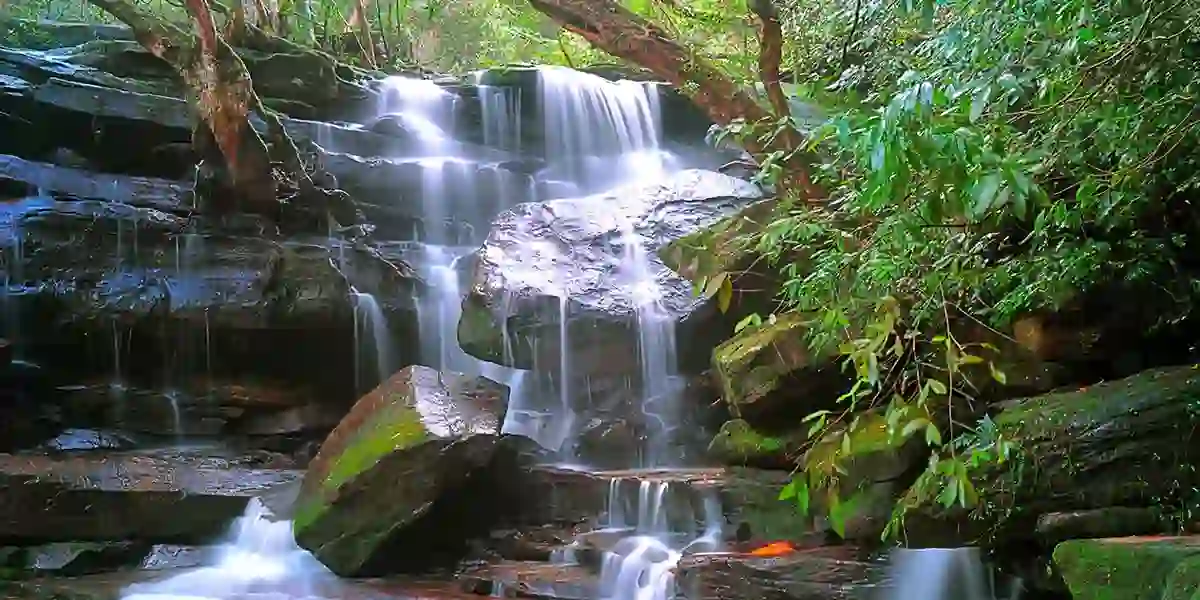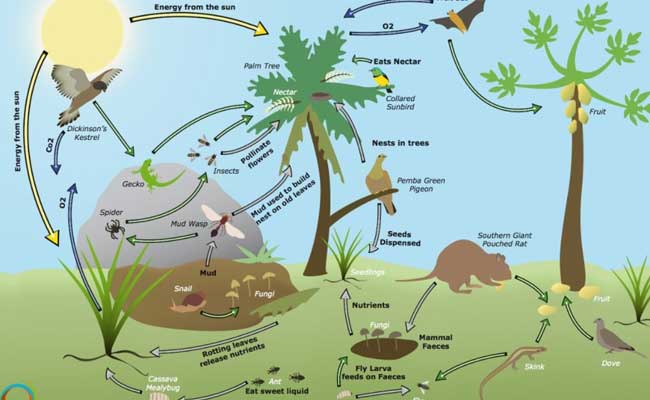Preserving Natural Heritage: Preserving our natural heritage is essential for the well-being of our planet and future generations. National parks and protected areas play a crucial role in the conservation of biodiversity and the safeguarding of ecosystems. These designated areas are established to protect and manage unique habitats, species, and cultural resources. In this article, we will explore the significance of national parks and protected areas as conservation tools, discussing their benefits, challenges, and the need for their continued preservation.
I. The Importance of National Parks and Protected Areas

National parks and protected areas serve as vital tools for preserving biodiversity and maintaining ecological balance. Here are some key reasons why they are crucial:
- Biodiversity Conservation: These areas provide a haven for a wide range of plant and animal species, many of which are endangered or at risk of extinction. By safeguarding their habitats, national parks and protected areas help maintain healthy ecosystems and protect valuable genetic resources.
- Ecosystem Services: National parks and protected areas deliver essential ecosystem services such as clean air and water, climate regulation, and soil fertility. These services are vital for human well-being and contribute to sustainable development.
- Scientific Research and Education: Protected areas provide opportunities for scientific research and environmental education. They serve as outdoor laboratories for studying ecological processes, monitoring species populations, and conducting experiments. This knowledge informs conservation strategies and enhances public awareness of environmental issues.
II. Benefits of National Parks and Protected Areas
National parks and protected areas offer numerous benefits to society and the environment. Here are some of the key advantages:
- Recreation and Tourism: These areas attract millions of visitors annually, providing opportunities for recreational activities such as hiking, wildlife watching, and camping. Nature-based tourism generates economic benefits, creating jobs and supporting local communities.
- Cultural and Historical Preservation: Many national parks and protected areas are rich in cultural and historical heritage. They preserve sacred sites, archaeological remains, traditional practices, and indigenous knowledge. Protecting these areas ensures the preservation of our diverse cultural identities.
- Climate Change Mitigation: Protected areas play a crucial role in mitigating climate change by sequestering carbon dioxide through photosynthesis and acting as carbon sinks. Forested national parks, for example, absorb substantial amounts of carbon, helping to reduce greenhouse gas emissions.
III. Challenges Facing National Parks and Protected Areas

Despite their importance, national parks and protected areas face several challenges that threaten their effectiveness. Some of the major challenges include:
- Habitat Loss and Fragmentation: Human activities such as deforestation, urbanization, and infrastructure development fragment and degrade natural habitats. This fragmentation disrupts ecological connectivity and poses a threat to the long-term viability of protected areas.
- Poaching and Illegal Wildlife Trade: Protected areas are often targeted by poachers and illegal wildlife traders who exploit valuable species for their economic gains. The illegal wildlife trade poses a significant threat to biodiversity and undermines conservation efforts.
- Climate Change: Rapid climate change impacts the ecosystems within national parks and protected areas. Rising temperatures, changing rainfall patterns, and extreme weather events can disrupt delicate ecological balances and affect species’ survival.
IV. The Need for Continued Preservation and Conservation Efforts
To ensure the long-term viability of national parks and protected areas, it is essential to prioritize their preservation and implement effective conservation strategies. Here are some key measures that should be taken:
- Strengthening Legal Protection: Governments should enact and enforce robust legislation to protect national parks and protected areas. Adequate funding and resources should be allocated for their management, surveillance, and law enforcement.
- Promoting Sustainable Tourism: Sustainable tourism practices should be encouraged to minimize negative impacts on natural ecosystems. This includes promoting responsible visitor behavior, establishing carrying capacity limits, and supporting local communities’ involvement in tourism activities.
Read Also: The Effects of Pesticides on Pollinators and Ecological Balance
![]()






4 thoughts on “Preserving Natural Heritage”